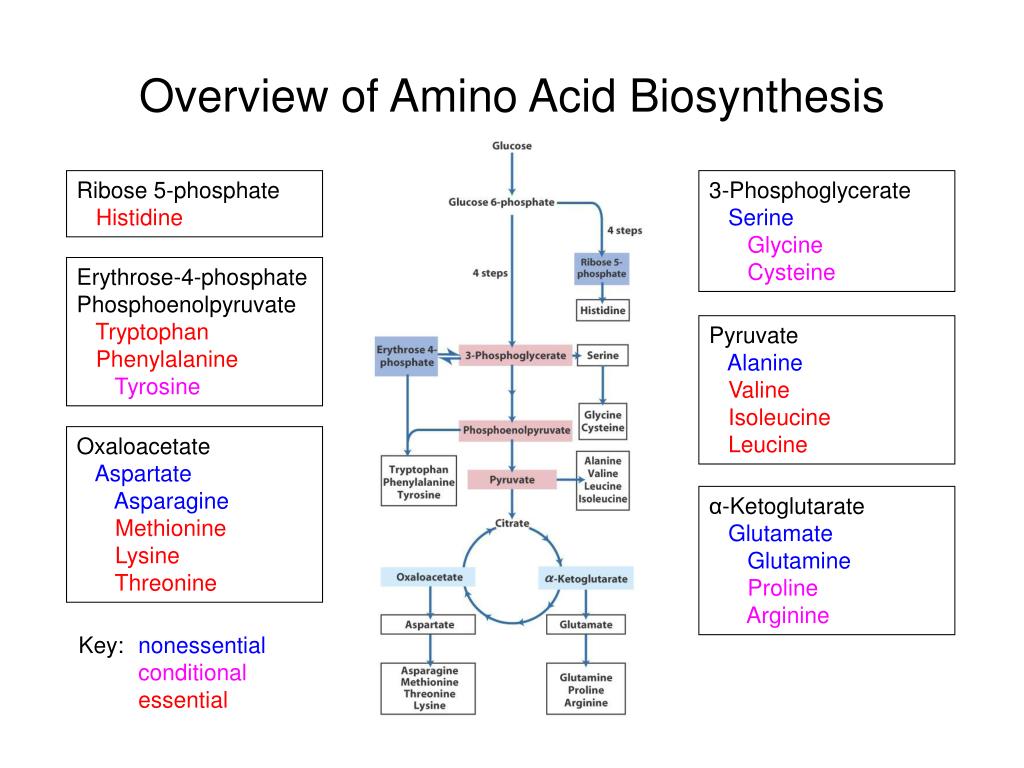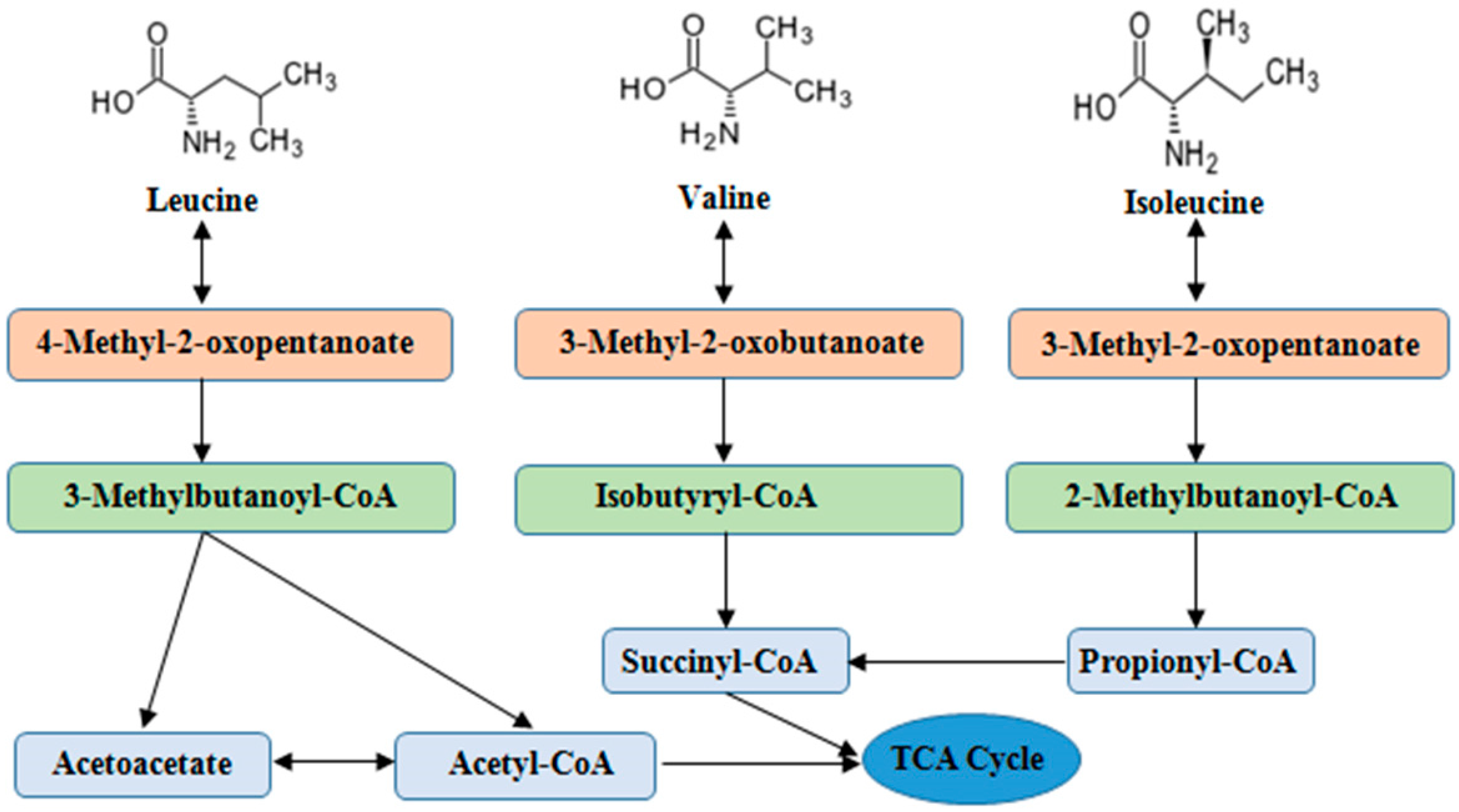Do you search for 'amino acid synthesis'? You will find the answers here.
Table of contents
- Amino acid synthesis in 2021
- Amino acid synthesis steps
- Amino acid synthesis in plants
- Amino acid synthesis organic chemistry
- Amino acid synthesis in bacteria
- Amino acid synthesis in animal cell
- Amino acid synthesis methods
- Synthetic amino acids
Amino acid synthesis in 2021
 This image representes amino acid synthesis.
This image representes amino acid synthesis.
Amino acid synthesis steps
 This picture demonstrates Amino acid synthesis steps.
This picture demonstrates Amino acid synthesis steps.
Amino acid synthesis in plants
 This image representes Amino acid synthesis in plants.
This image representes Amino acid synthesis in plants.
Amino acid synthesis organic chemistry
 This image shows Amino acid synthesis organic chemistry.
This image shows Amino acid synthesis organic chemistry.
Amino acid synthesis in bacteria
 This image shows Amino acid synthesis in bacteria.
This image shows Amino acid synthesis in bacteria.
Amino acid synthesis in animal cell
 This picture representes Amino acid synthesis in animal cell.
This picture representes Amino acid synthesis in animal cell.
Amino acid synthesis methods
 This image illustrates Amino acid synthesis methods.
This image illustrates Amino acid synthesis methods.
Synthetic amino acids
 This image illustrates Synthetic amino acids.
This image illustrates Synthetic amino acids.
Which is a product of the synthesis of amino acids?
The pathways of amino acid synthesis comprise a significant fraction of a bacterium's metabolic activity during growth in a minimal medium. Two amino acids, glutamine and glutamate, are the immediate products of ammonia assimilation and essential nitrogen donors for the synthesis of other intermediates.
How are amino acids regulated in the biosynthesis pathway?
Amino acid biosynthesis pathways Regulation of amino acid biosynthesis. Amino acids as precursors to other biological molecules. e.g., Nucleotides and porphoryns
Who was the first person to synthesise an amino acid?
RXNO:0000207. The Strecker amino acid synthesis, also known simply as the Strecker synthesis, was discovered by German chemist Adolph Strecker, and is a term used for a series of chemical reactions that synthesize an amino acid from an aldehyde or ketone.
How does the Strecker method of amino acid synthesis work?
RXNO:0000207. The Strecker amino acid synthesis, also known simply as the Strecker synthesis, is a method for the synthesis of amino acids by the reaction of an aldehyde with ammonium chloride in the presence of potassium cyanide. The condensation reaction yields an α-aminonitrile, which is subsequently hydrolyzed to give the desired amino acid.
Last Update: Oct 2021